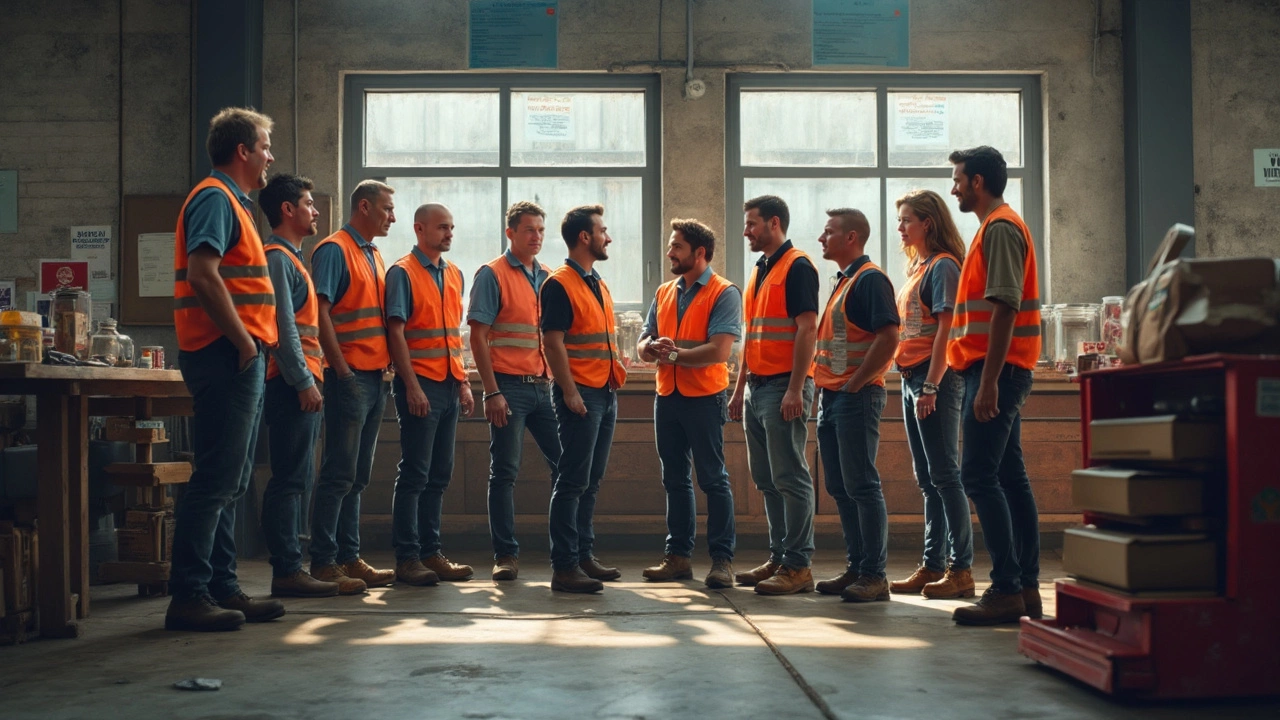Workplace Safety: Practical Tips and Essential Guidelines
When talking about workplace safety, the set of practices that keep employees healthy and protected on the job. Also known as occupational safety, it involves everything from proper equipment to clear policies. A core component is personal protective equipment, gear such as helmets, safety glasses, high‑visibility vests, gloves and steel‑toe shoes that reduce injury risk, which only works when employers provide the right tools, train workers and enforce consistent use. Likewise, health and safety regulations, like the UK Health and Safety at Work Act and associated Approved Codes of Practice, set the legal framework that defines employer duties and shape the risk assessment process. These regulations require a documented risk assessment, a systematic look at hazards, their likelihood and potential impact before any control measures are introduced. In practice, a well‑run safety program links the need for PPE, the employer’s legal obligations and the risk‑assessment outcomes, creating a loop that protects staff while keeping businesses compliant.
Key Elements of Workplace Safety
A thorough risk assessment, identifying hazards, evaluating their probability, and deciding on control measures is the backbone of any safety program. It connects the demand for PPE with the legal duties of employers and the broader health‑regulation landscape. For example, a warehouse might flag heavy loads as a hazard; the assessment then mandates training on proper lifting techniques and the use of back‑support belts as PPE. Training sessions turn policy into practice, ensuring workers know how to wear helmets correctly, why safety glasses matter, and how to report near‑misses. Documentation of incidents, regular review of assessments, and audit checks close the loop between compliance and real‑world outcomes, cutting lost‑time injuries and boosting morale. Moreover, a safety culture that encourages workers to speak up feeds back into risk assessments, making them living documents rather than one‑off checklists. Companies that embed these steps often see lower insurance premiums, fewer legal disputes, and a more engaged workforce.
Below you’ll find a curated set of articles that dig into specific safety topics—like whether your boss should pay for work shoes, including mandatory steel‑toe footwear for certain roles, how 12‑hour shifts affect health, and the latest guidance on clothing standards in the workplace. Other pieces discuss the meaning of “thongs” in UK apparel, the impact of barefoot shopping in large stores, and even the difference between “trainers” and “sneakers” for safety‑ready footwear. Whether you’re an employee looking for practical tips or a manager shaping policy, these resources give you clear, actionable insights to make your work environment safer. Keep reading to discover how each article adds a piece to the bigger safety puzzle.
- Cleo Fairchild
- May, 11 2025
- 0 Comments
Can I Refuse to Wear Safety Shoes at Work?
Wondering if you can say no to safety shoes at work? This article breaks down when safety shoes are actually required, what could happen if you refuse, and what your options are if your feet genuinely can’t handle them. Get practical advice, real rules, and tips to keep both your boss and your toes happy. Know your rights and responsibilities before you make a move.
